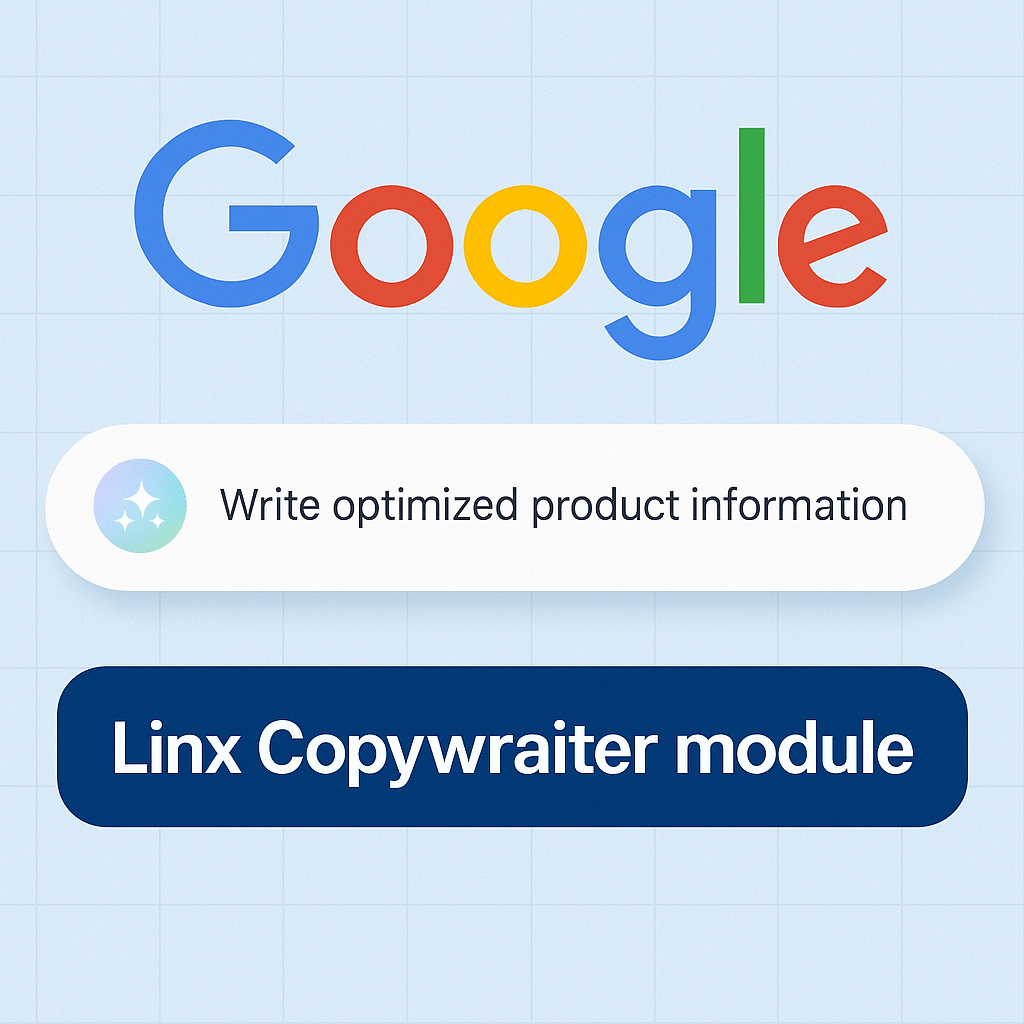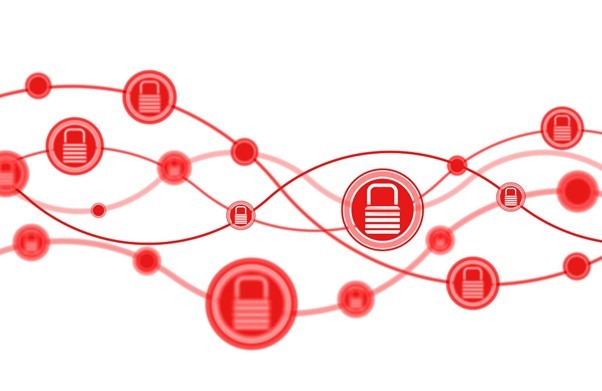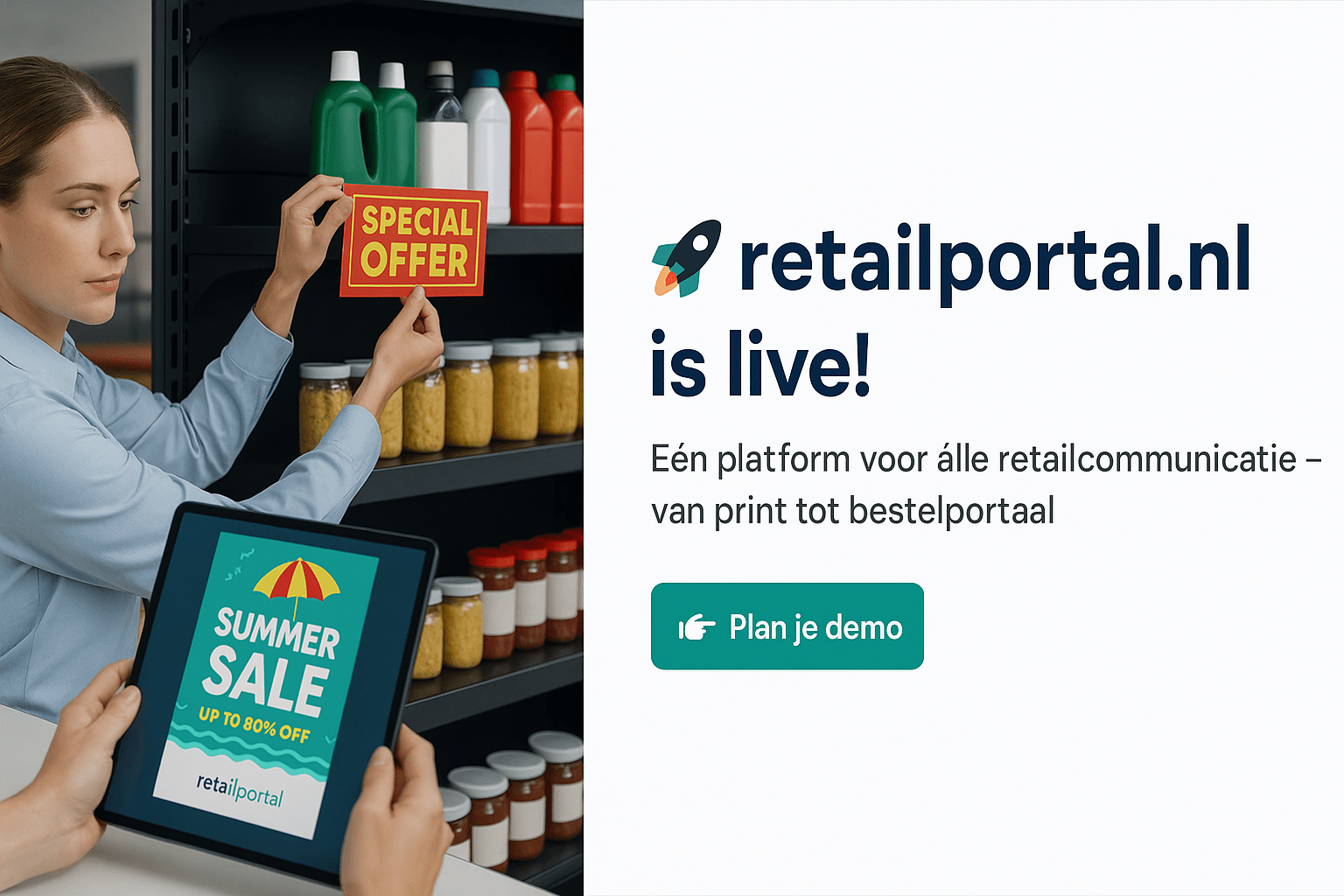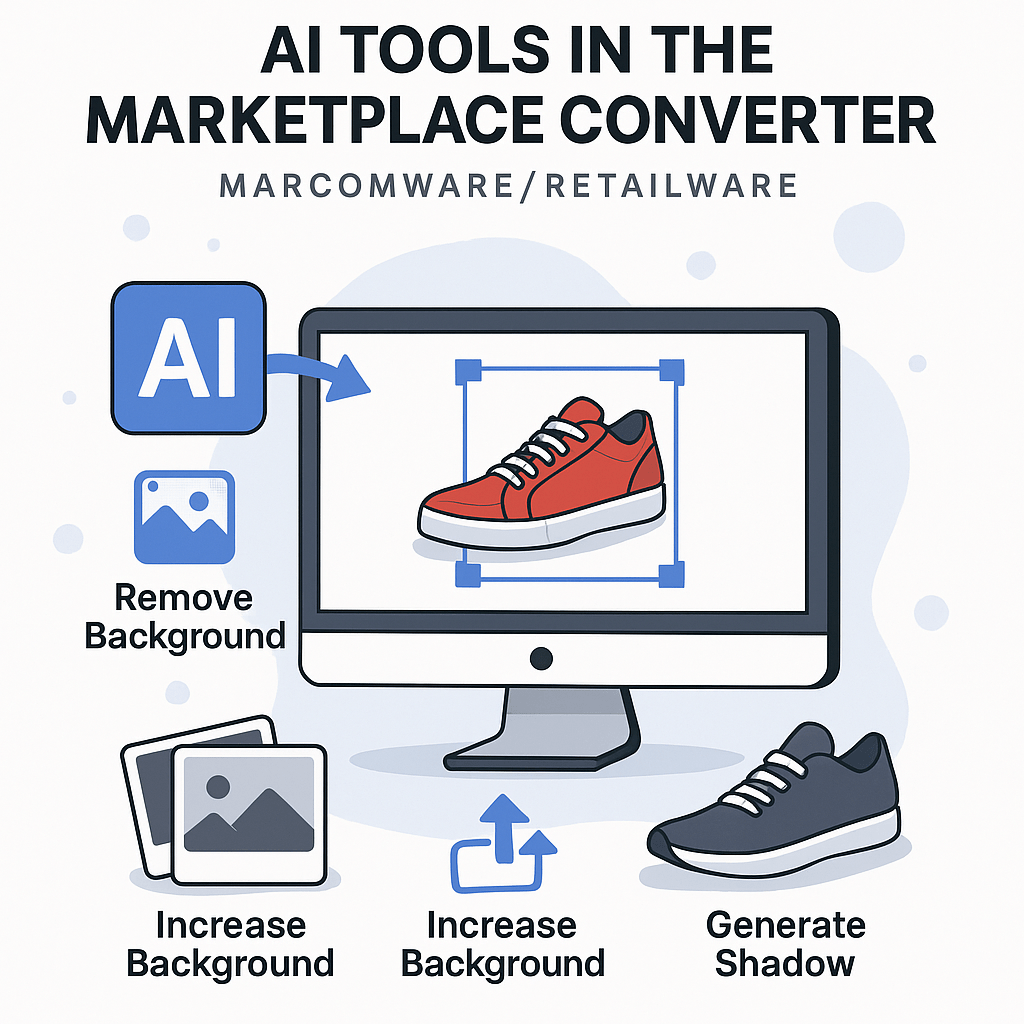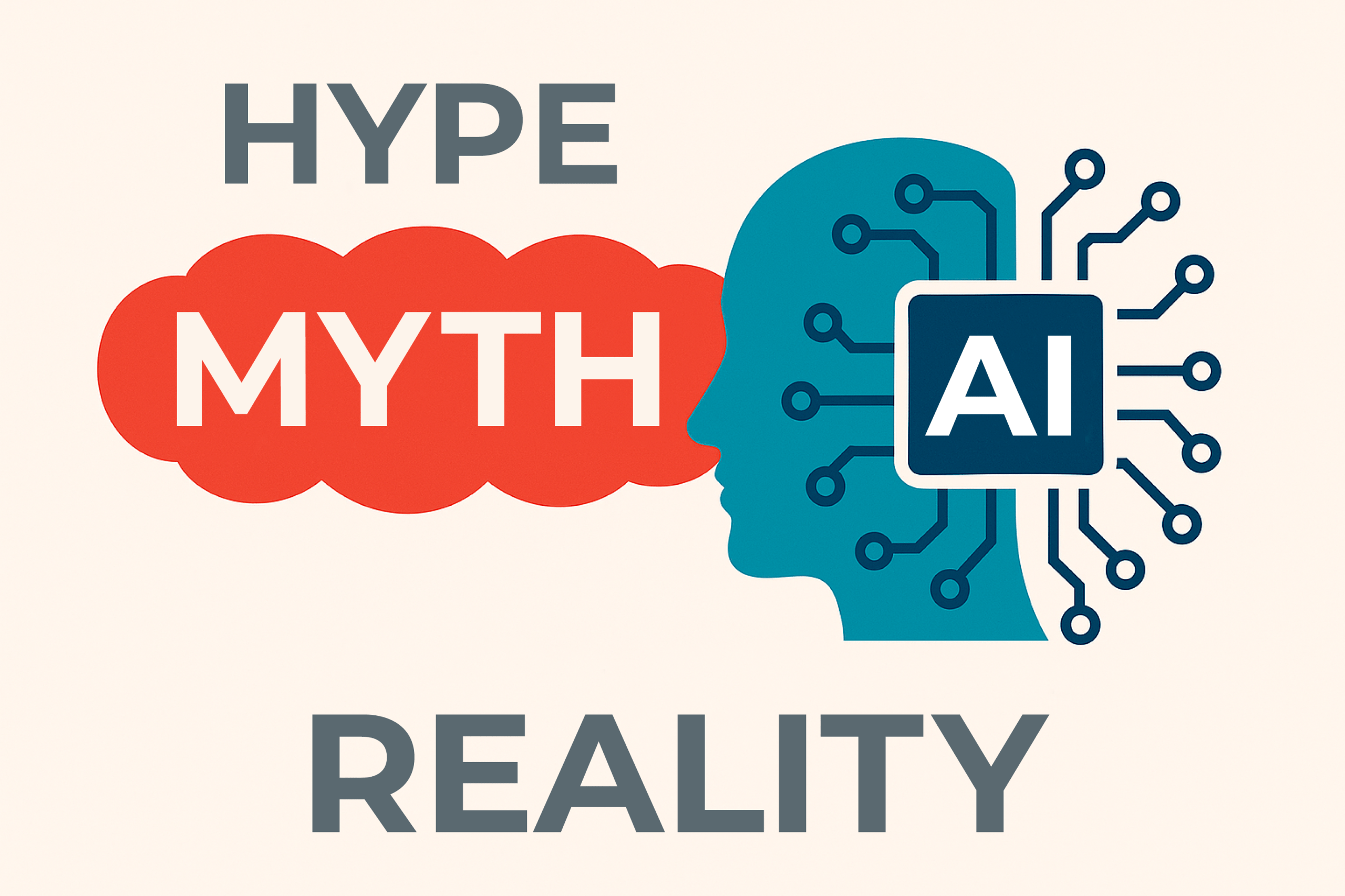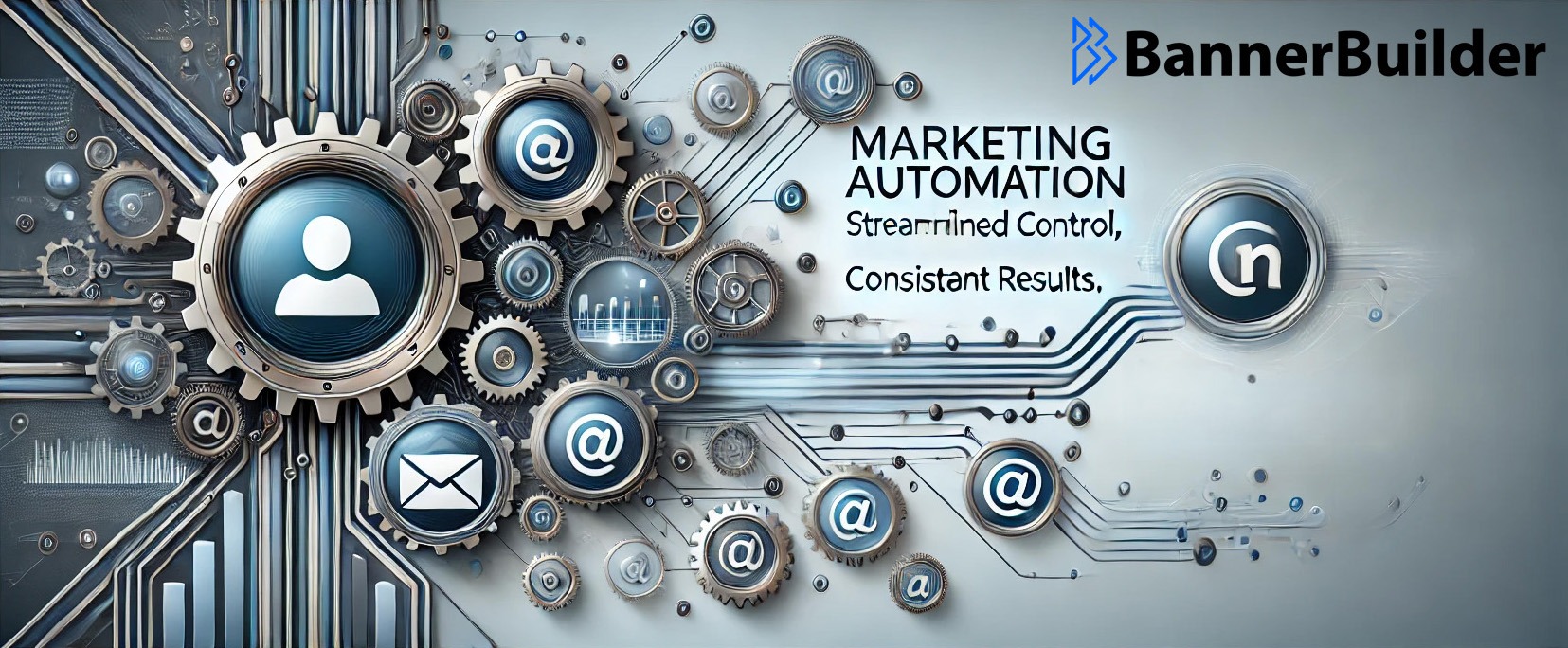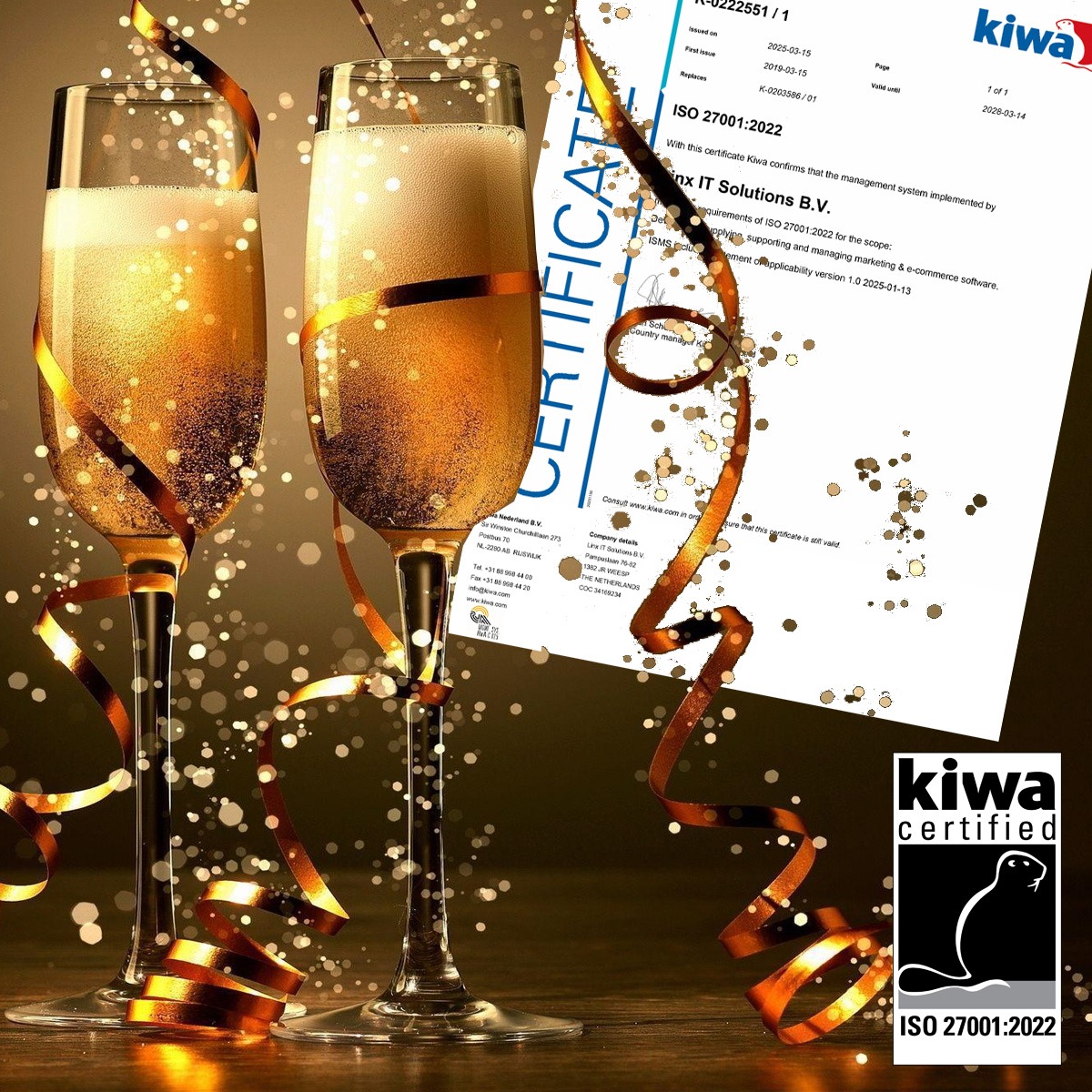Linx IT Blog
AI is making a bold entrance into the fashion world. What once seemed like futuristic experiments with digital models has now become the new norm in international campaigns — as seen in the recent AI-generated Guess ad in Vogue. Fashion brands are discovering that AI offers not only speed and cost efficiency, but also unprecedented creative freedom. From rapid product visuals to personalized campaigns, AI is reshaping how brands think, create, and communicate.
Still, the challenge lies in balancing technology with human authenticity. Consumers crave transparency and relatability, not just digital perfection. The future of fashion therefore lies not in human or machine, but in their collaboration — with brand story, style, and vision as the guiding compass.
Discover how Linx IT Solutions’ AI Toolkit empowers brands to create innovative eCommerce content — fast, scalable, and aligned with their unique identity.
As of October 9., Google has started rolling out its AI-powered search mode to 36 new countries. That means millions of new users are now experiencing a smarter, more conversational version of Google Search, one that doesn’t just show links but actually summarizes, explains, and recommends content using artificial intelligence. In plain terms: Search is no longer just about keywords. It’s about context and intent.
The modern marketing department is caught in a paradox: while the demand for hyper-personalized, multi-channel content explodes, resources are contracting. This is the "content treadmill," a state of reactive production that stifles strategic growth. The pressure to produce often outpaces team capacity, leaving little room for the very innovation required to stand out.
Recently, there's been quite a stir in the Netherlands around WeTransfer’s updated terms of use and frankly, it’s justified. Under these new conditions, WeTransfer reportedly grants itself a non-exclusive right to the files you send. The suggestion that your files could be used to train AI systems or for other internal purposes raises serious questions about confidentiality and control.
We get it and we've already built a better alternative.
A new way of working and communicating efficiently for branches, distribution centres and formulas.
Today, we, Linx IT Solutions, are proud to share the launch of our latest SaaS marketing platform: retailportal.nl. With this platform, we are taking a big step forward in supporting retail formats, branches and distribution centers in terms of marketing and operational efficiency.
Everyone’s talking about AI — but smart fashion brands are already using it where it counts. At Linx IT Solutions, we’re not chasing hype. We’re embedding mature AI into image workflows that solve real problems:
Faster localization Scalable content production On-brand, just-in-time visuals
No vaporware. No gimmicks. Just AI that works — live, in production, and delivering ROI.
Too little time, too much hassle? Our new AI tools in the Marketplace Converter make image editing and content creation faster than ever. Detach, adjust backgrounds, add shadows — all automatically! Less time, less costs, more sales. Do you still dare to work manually?
We are only at the beginning of the AI revolution. We are now seeing results that were not realistic for a few months or even weeks. It is sometimes beyond our imagination. But AI is also a hype. If you don't participate in AI, you don't seem to have a right to exist anymore! Neither as a person nor as a company. Not everything that is shown turns out to be an improvement in practice or practically feasible! That does not alter the fact that having knowledge of these solutions is of value, after all, what is not yet easy to fit in or apply may be tomorrow. So select reliable parties and define your objectives very carefully and concretely before you embark on a new path!
In the fast-moving world of eCommerce, high-quality product photography is essential for conversions and brand image. However, unstructured and inefficient workflows often lead to additional costs due to unnecessary reshoots and extended post-production efforts. By optimizing the preparation phase, businesses can streamline their content creation processes and significantly reduce expenses.
Linx IT Solutions is excited to announce the release of our latest report, diving deep into the evolving role of AI-driven avatars in the fashion industry.
In today’s fast-paced marketing world, success isn’t just about having a great strategy—it’s about executing it with precision and speed. This is where Marketing AI steps in, transforming how businesses approach execution and maximize results.
Great to see that we have once again successfully completed the ISO27001 audit and that we are now certified against the latest ISO27001 standard.

